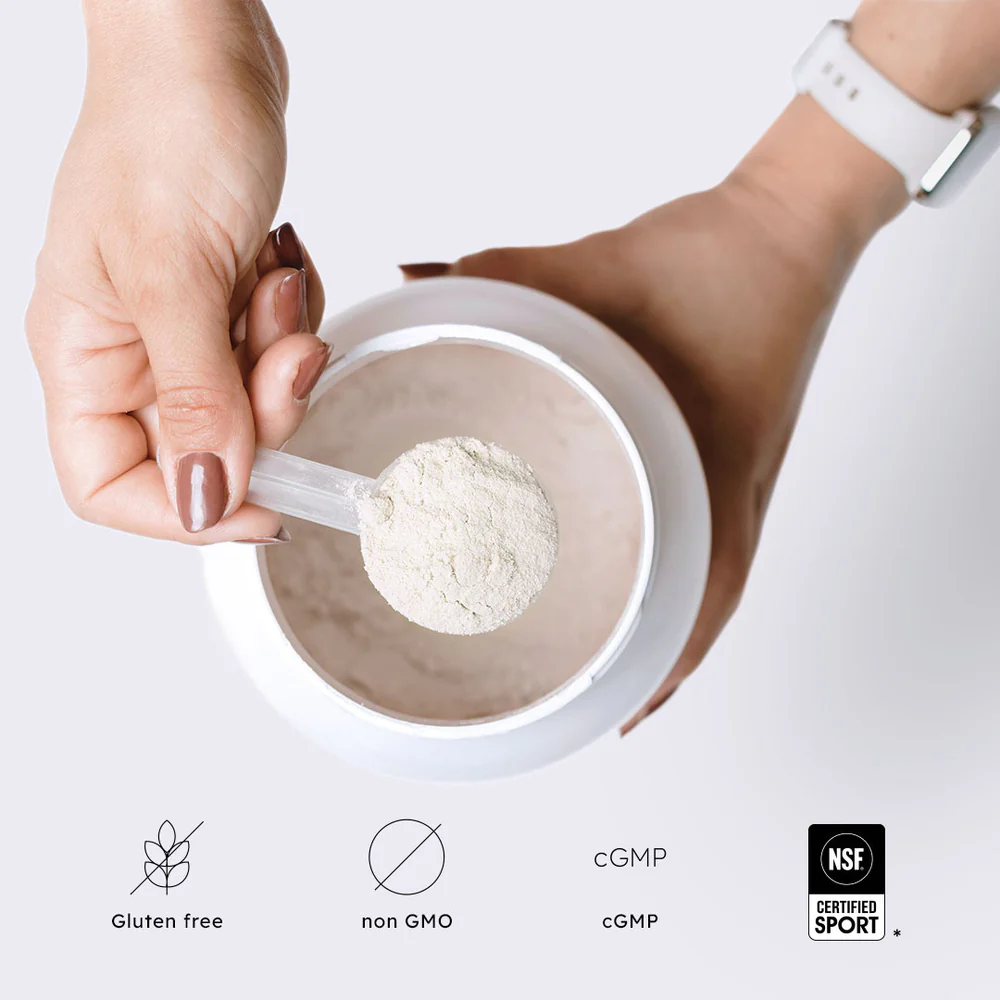Decoding Joint Pain: Understanding Arthritis and Treatment Options
Joint pain is a common ailment that can significantly impact one's quality of life, his umbrella term encompasses various conditions affecting the joints, each with its unique characteristics.

Arthritis is not a singular condition but rather a collective term for over 100 different types of joint disorders. From the more common osteoarthritis, associated with wear and tear over time, to inflammatory types like rheumatoid arthritis, each presents unique challenges. Recognising the specific type is crucial for tailoring an effective treatment plan.
1. Osteoarthritis (OA): The Wear-and-Tear Culprit
Osteoarthritis, often linked with aging, obesity, or joint injuries, occurs when the protective cartilage that cushions the ends of bones wears down over time. This leads to pain, swelling, and reduced joint flexibility.
2. Rheumatoid Arthritis (RA): Battling the Body's Immune System
Unlike osteoarthritis, rheumatoid arthritis is an autoimmune disorder where the immune system mistakenly attacks the synovium (the lining of the membranes that surround the joints). This results in inflammation that can damage the joints and other organs.
3. Gout: Crystal Clear Discomfort
Gout is characterised by the accumulation of urate crystals in the joints, leading to sudden, severe attacks of pain, swelling, and redness. It commonly affects the big toe but can involve other joints as well.
---
Recognising Arthritis Symptoms: When Joints Speak Louder
Identifying the symptoms of arthritis is the first step toward effective management. While these symptoms can vary depending on the type of arthritis, some common indicators include:
- Persistent joint pain or tenderness
- Joint swelling or stiffness
- Reduced range of motion
- Warmth or redness around the joint
- Fatigue and general malaise
---
Treatment Options: Navigating the Landscape of Relief
1. Non-Surgical Approaches:
- Medications: Anti-inflammatory drugs, pain relievers, and disease-modifying antirheumatic drugs (DMARDs) are often prescribed to manage symptoms.
- Lifestyle Modifications: Weight management, exercise, and joint protection strategies can significantly improve joint function.
2. Surgical Interventions:
- Joint Replacement: For severe cases, joint replacement surgery, such as knee or hip replacement, can provide long-lasting relief and improved mobility.
- Arthroscopy: Minimally invasive procedures may be employed to diagnose and treat joint issues, particularly in the early stages.
- Re-alignment: In some cases and in a particular patient demographics limb realignment surgery may be an option. This if carried out but performing cuts to the bone and realignment them to change where weight is distributed through the joint.
---
Conclusion:
Decoding joint pain and understanding the complexities of arthritis are crucial steps toward effective management and improved quality of life. By recognising the symptoms and exploring the diverse treatment options available, individuals can work collaboratively with healthcare professionals to create a personalised plan tailored to their unique needs. Whether it's adopting lifestyle changes, exploring medication options, or considering surgical interventions, the journey to joint health begins with informed decisions and a proactive approach to well-being.




